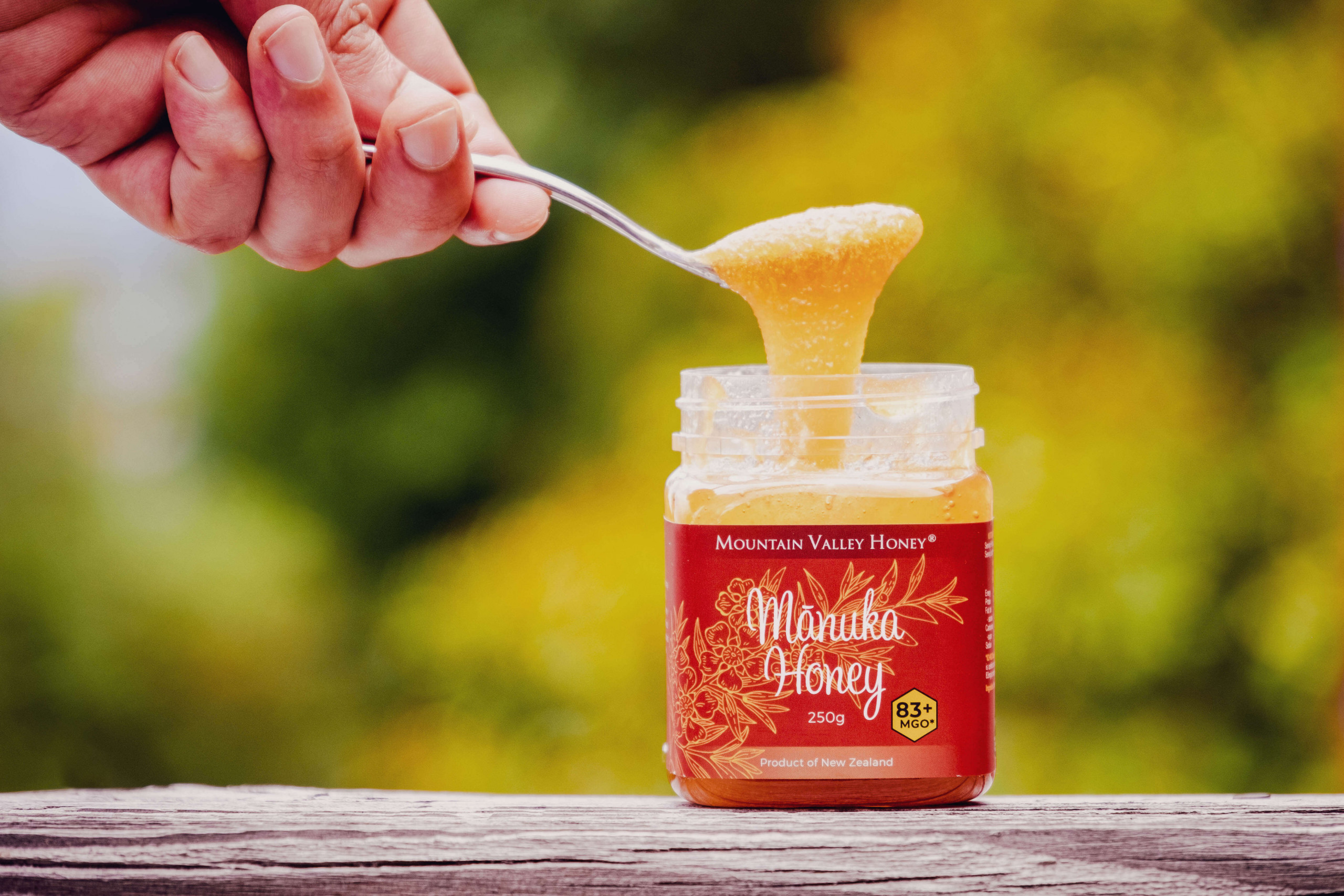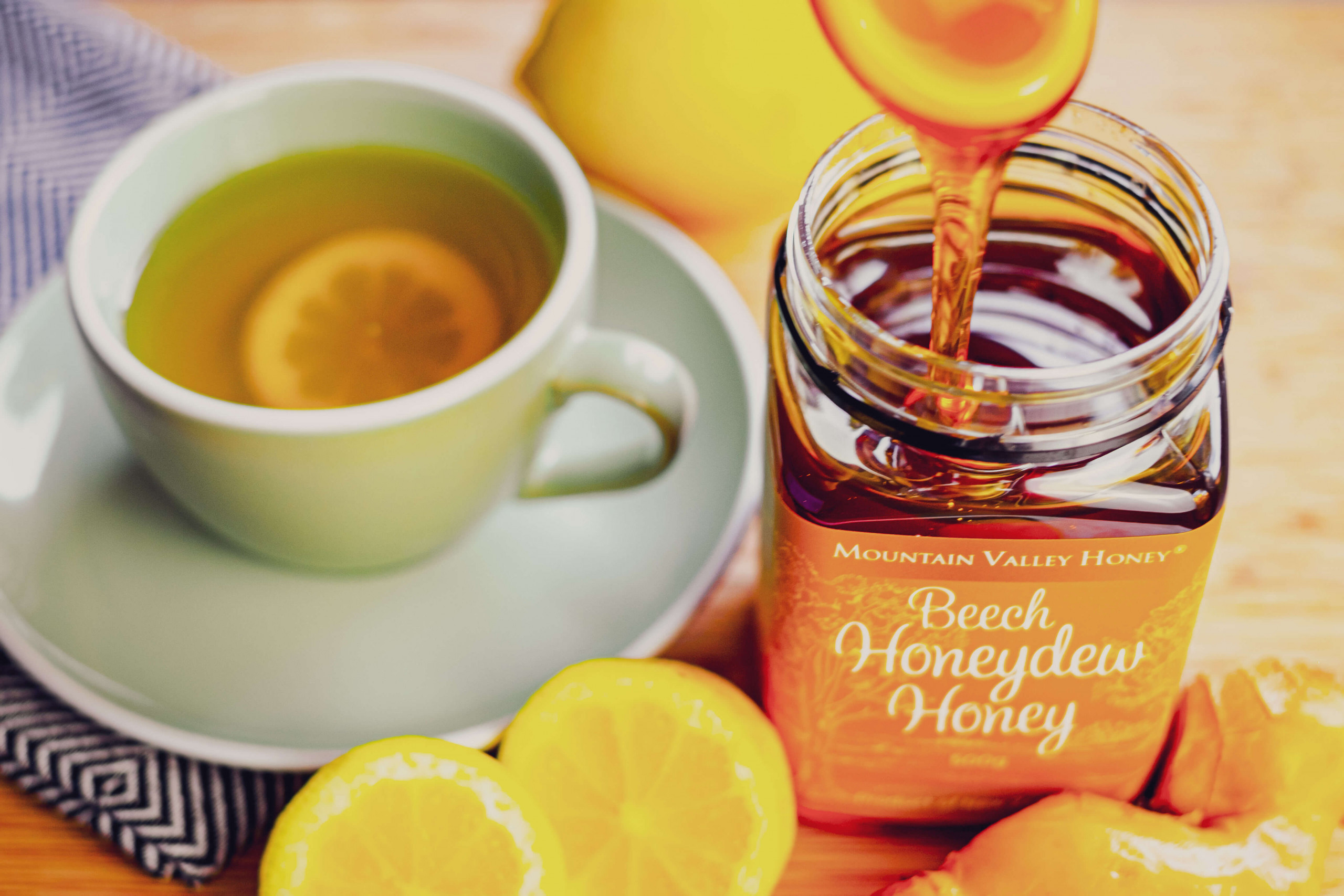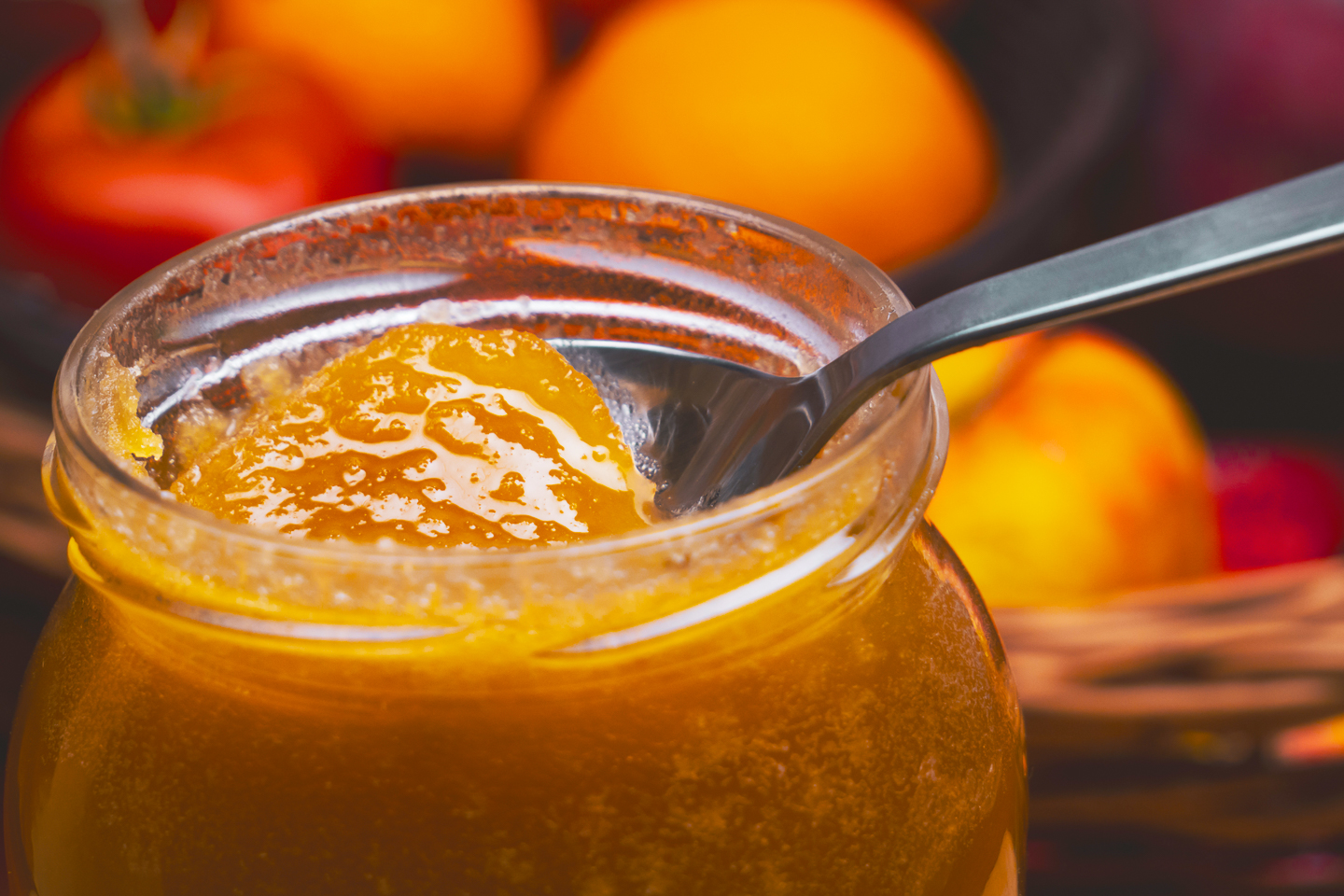Manuka vs Kanuka Honey: What’s the difference?
Most people have heard of Manuka honey and its health benefits. But most people haven’t heard of Kanuka honey. To understand the difference between Manuka vs Kanuka it’s best to look at the research.
Despite being a lesser-known New Zealand honey, Kanuka is beginning to gain popularity. As well as sharing many of Manuka honey’s special properties, Kanuka honey has a few tricks of its own. It’s no wonder scientists are starting to pay Kanuka some serious attention.
Both honeys come from plants native to New Zealand. In fact, Manuka and Kanuka are close cousins, which explains why their nectar shares so many special characteristics. But, research is ongoing into the specific differences between Manuka vs Kanuka honey.
Since we know quite a lot more about Manuka honey, it makes sense to discuss this honey first.

What Is Manuka Honey?
Manuka honey comes from the nectar of flowers from the Manuka tree, found throughout New Zealand. Hives located in these dense patches of Manuka produce the purest Manuka honey. If the honey contains nectar from only Manuka trees, it can be called monofloral Manuka honey.
The Manuka tree grows anywhere from coastal regions up to about 1,800 meters above sea level. Once they reach maturity, trees can typically survive droughts, floods and strong winds. Because New Zealand has only a small landmass, there are only a limited number of Manuka trees. The annual production of Manuka honey is about 1,700 tonnes.
In fact, one of the reasons New Zealand Manuka honey is so highly prized is due to the small annual harvest. The other reason is high demand due to its unique properties.
The Unique Properties of Manuka Honey
Manuka honey has unique healing benefits, backed up by scientific research. In 1980, Kiwi biochemist, Dr Peter Molan, confirmed that Manuka honey has much stronger antibacterial properties than other raw honeys.
These antibacterial effects are due to high levels of a chemical called methylglyoxal (MGO). MGO is an organic compound that works with other components in the honey to destroy bacteria. The higher the levels of MGO, the stronger the antibacterial effects.
Manuka honey with higher MGO levels is more expensive because it is harder to produce. To make high-grade monofloral Manuka honey, the bees must only have access to Manuka plants. In fact, Helicopters are often used to place hives in remote locations where the Manuka plants are most dense.
The medical-grade Manuka honey used in hospitals is the highest grade of all. They apply Manuka topically and used it to create special bandages and dressings.
Research into Manuka honey is still very dynamic. A range of applications are being tested, including Manukas use as a natural antibiotic. The use of Manuka honey is quickly becoming more mainstream. This highly complex honey provides an intriguing challenge for laboratory scientists and invites ongoing research. Researchers are reporting fresh discoveries all the time.
What Is Kanuka Honey?
Kanuka honey is made from the flowers of the Kanuka tree. Up until now, it’s been a bit of a well-kept secret. This is partly because Kanuka honey has only recently become the subject of research. However, research done so far has shown some surprising and exciting results. Kanuka honey has even been hailed as the “new super honey” due to its healing qualities. It shows particularly promising results as a topical treatment for skin disorders.
Some scientists claim that some Kanuka honey has even higher levels of MGO than Manuka honey. That means its antibacterial and anti-inflammatory properties could be even stronger.
Kanuka honey’s antimicrobial and anti-inflammatory properties could make it especially helpful in healing burns, bruises, and other wounds. Research suggests Kanuka honey could be an effective treatment for actinic keratosis, a common skin lesion among elderly people. These scaly plaques of the skin can become skin cancers. A 2018 case study found that the topical application of Kanuka honey was able to heal the skin condition completely. Not only that, the honey was more gentle than other treatments. Kanuka helped avoid the side effects associated with over-the-counter medications.
In 2019 an experiment found that topical applications of Kanuka honey were helpful in treating cold sores, or herpes. Kanuka was just as effective as aciclovir (a commonly used antiviral drug). Kanuka honey has also successfully treated other skin disorders like rosacea and acne.
As with Manuka honey, scientists are very keen to understand how Kanuka honey might be used for treatment.
Manuka vs Kanuka: Differences in the research
There is no doubt that we know much more about Manuka vs Kanuka honey. However, there is still a great deal to learn about Manuka. Debate continues about exactly how the active ingredients of Manuka honey work.
Kanuka has only recently come to the attention of the scientific community. Due to the lack of research, we know very little about Kanuka honey vs Manuka honey. It’s likely that many benefits of Kanuka honey are yet to be discovered.

Which to buy? Manuka vs Kanuka Honey
One factor when deciding which honey to buy is the price. Kanuka honey is considerably cheaper than Manuka Honey. However, if you are considering buying Kanuka honey, remember there is no “official” test that measures its special properties. And Kanuka honey does not have the same strict rules as Manuka when it comes to labelling.
Make sure that your Manuka honey comes from New Zealand. That way, you are protected by the Ministry for Primary Industries’ (MPI) regulations.
All Manuka honey exports from New Zealand must carry either an MGO or UMF rating. These ratings confirm that an approved independent laboratory has tested the honey to make sure it is genuine. The ratings measure slightly different things, but both show the strength of the active ingredients in the honey. The higher the rating, the higher the antibacterial properties of the honey.
Remember, just because there is a number and plus symbol (e.g “Active 20+”) does not make it genuine Manuka honey.
- MGO ratings range from MGO 83+ to MGO 829+ and higher.
- UMF values range from 5+ to 28+.

If you always buy New Zealand Manuka honey you can be assured that you are getting the highest quality. All Manuka honey exported from New Zealand must meet the MPI’s strict quality guidelines.
However, if buying within New Zealand, be aware the MPI standards do not apply to Manuka sold within NZ.
Here at Mountain Valley Honey, we hold all our Manuka to the same high standards. No matter where our Manuka is sold, NZ or abroad, it always meets the strict MPI definition for Manuka Honey.
Manuka vs Kanuka Honey: both are Winners!
Both these honeys are quite extraordinary, and offer much more than a delicious spread for your toast. Manuka honey has a rich earthy flavour, while Kanuka has a slightly lighter, silky floral taste.
If you are thinking about making your own honey face mask you should consider Kanuka honey. It is a much cheaper option. If you prefer a honey that has been certified by an independent laboratory, then choose Manuka honey.
Or if you want to test them yourself, both Kanuka Honey and Manuka honey are available at our online store. Plus, we ship our raw honey worldwide!
When it comes to the Manuka vs Kanuka honey debate, the choice really comes down to your personal needs and taste.
Whichever honey you opt for, always make sure that your honey is sourced in the New Zealand wilderness and produced by ethical beekeepers who care for the environment and love their bees.


